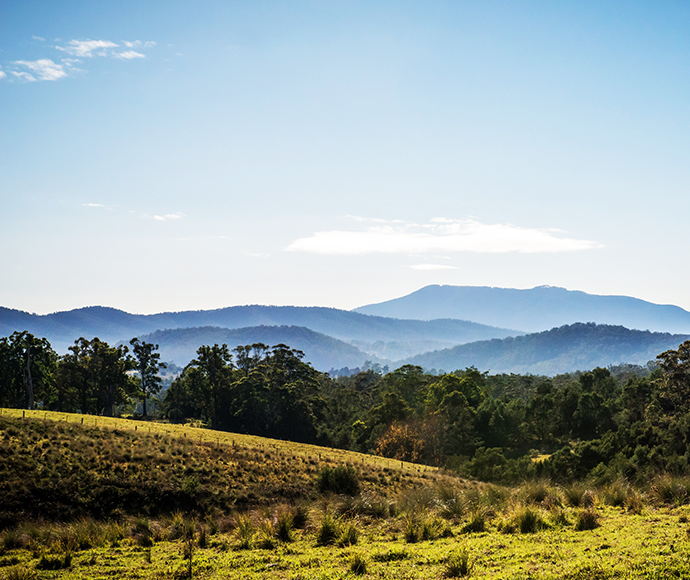Forestry Corporation of NSW (FCNSW) will be required to undertake nocturnal surveys for endangered southern greater glider dens as part of new measures issued by the NSW Environment Protection Authority (EPA) to better protect the endangered species.
The EPA recently announced a change to the Coastal Integrated Forestry Operations Approval (CIFOA) protocol, introducing a site-specific biodiversity condition for greater gliders that requires the retention of additional hollow bearing trees.
EPA Chief Executive Officer, Tony Chappel said the revised conditions would apply in state forests where there are records of southern greater gliders.
“We know protection of this species across the landscape, including in state forests is critical to assist the southern greater gliders now, and into the future,” Mr Chappel said.
“The requirement for nocturnal surveys will play a complementary role along with the tree retention changes.
“We have engaged with glider experts on the need for nocturnal surveys to achieve long-term protection whilst giving industry certainty.
“Work will continue to determine if these new rules are working as intended and we may consider further improvements if required.”
The new requirements include:
- Undertaking nocturnal surveys for southern greater gliders and their dens.
- The results of the survey are required to be made available to the NSW EPA within seven days of completion.
- Extra tree retention requirements (previously announced):
- A 50-metre exclusion zone around known recorded locations of greater glider dens.
- Protection of extra greater glider trees in addition to existing hollow bearing and giant tree requirements:
- Six trees per hectare greater than 80cm in diameter in high greater glider density areas, in addition to the eight hollow bearing trees currently required to be protected.
- Four trees per hectare greater than 50cm in diameter in lower density areas, in addition to the eight hollow bearing trees currently required to be protected.
- The retention of additional hollows and future hollow-bearing trees in areas where greater gliders are less likely to occur.
The changes will come into effect on Friday 16 February.








